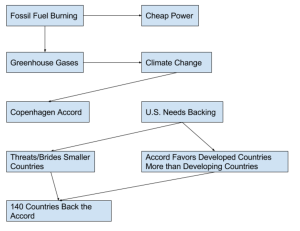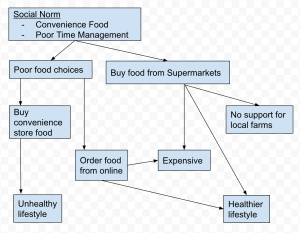Describe the importance of biodiversity and it’s affect an individual to population level. (150-250)
Biodiversity is extremely important at all levels of society. At a lower level whether that be individual or community, having biodiversity can bring a lot to an area. Multiple types of animals, bugs and plants bring balance to an area and it can be obvious when one of those levels is out of check. At more of a population or larger level, you really start to get into the topic of debate: Anthropocentric vs. Ecocentric. There is no doubt that there is a lot of untapped potential in plants and animals that we just not have come in to contact or tested with yet, but as I said earlier an ecocentric mindset brings balance to an area. At the level of a country or continent, decisions made to the environment (such as deforestation) can knock things out of balance at a scale that cannot be recovered. As the world starts moving to greener practices (such as what we covered in Module 9 with the Copenhagen Accord), we have started to bring things back to a more sustainable future, but there is a lot that still needs to change.
How does biodiversity affect you as an individual? (150-250)
Biodiversity affects me everyday! My hometown in Pennsylvania always had practices to have more of a respect for the environment. Something that I think is unique to talk about is a time when it was obvious that things were not in “balance” in regards to biodiversity. Across PA in general that last few years that has been an explosion of Stink Bugs especially when it gets warmer out. The bug is native to Eastern parts of the world and has no natural predator here in the states. These bugs get everywhere, both inside and outside; I really do not like them! An example like this really highlights how easy it is to upset the balance of things and why decisions that we make as individuals and as a population should be with respect to both Anthropocentric and Ecocentric mindsets. Another time that biodiversity has affected me is a spot that my family vacations at every year. The Outer Banks in North Carolina have seen huge changes in boating over the past ~10 years and boating is something we did a lot. We still are able to, but there have recently been a lot more restrictions placed down on where you can boat, when you can boat, and what scale. There has been a huge push to see the damage that has happened to the fisheries down there and I respect the effort they have put in the last few years to help those populations recover.



